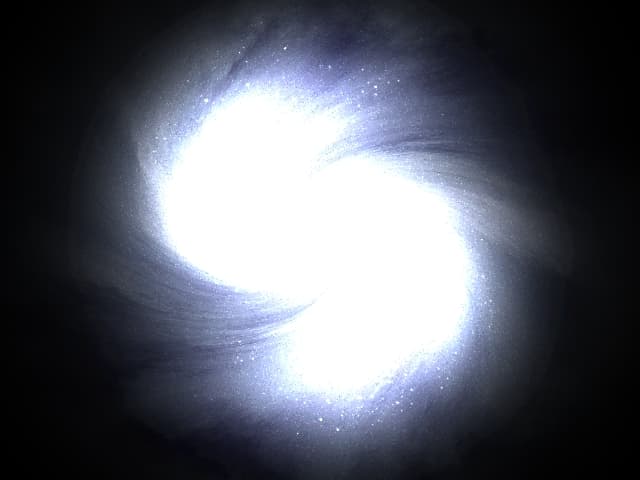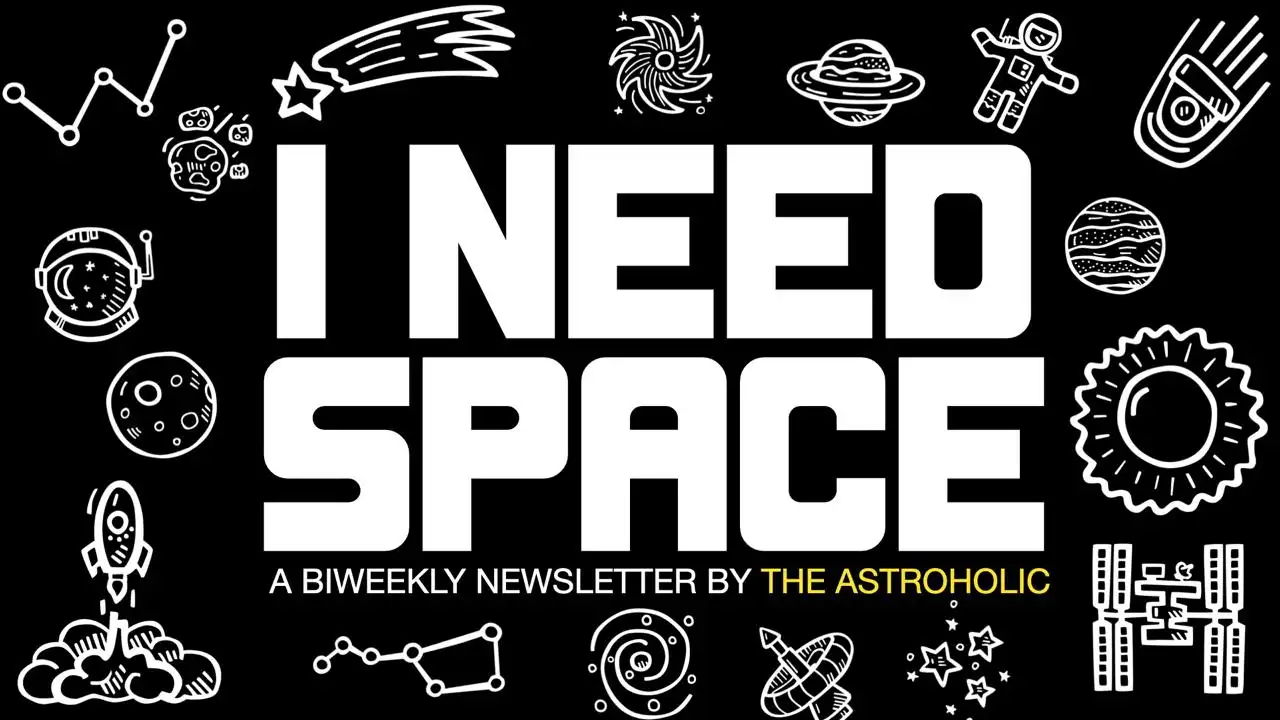I know that likelihood of stars colliding is very low, but have there been papers describing the theoretical process of star collision?
James, London
I think we can divide star-collision into three classes:
Stellar Mergers
Binary collisions
Stellar Collision
Under the stellar merger label we include the theoretical stars which are formed in tightly bound clusters and in their infancy merge to form very massive stars (100 to 1000 Solar Masses)[1].
Binary collisions are the most common form of collisions. Or at least a stellar merger that we have actually observed[2]. Binary stars are very common in the Universe; so in some cases a star in a binary system will evolve into red giant star and it will eat up the companion star orbiting nearby. This event can generate peculiar objects like unusual pulsars[3].
Other time two close stars will orbit very close to each other, the emission of gravitational waves will force them to spiral inwards and merge. Two examples of this phenomenon are Neutron Star Collisions and Supernova Type Ia. When two neutron stars collide they tend to form black holes with incredibly powerful magnetic fields and these events are believed to be the Deus Ex Machina behind gamma-ray burst. Type Ia Supernovae happen when a white dwarf is orbiting another star and steals enough gas to create a supernova, or two white dwarfs collide in a similar fashion as the neutron star collision. Type Ia supernovae have a very specific luminosity and they’re used as standard candles to measure far away galaxies.
But what about stellar collisions? In a 1998 paper Garcia-Sanchez et al. were studying how comets starts their journey towards the Sun, and they looked at possible perturbations of the Oort Cloud by passing stars[4]. They have a very handy formula for the rate of stellar collisions:
N ~ 4.2 · D2 Myr−1
Where N is the number of encounters per million years and D is the distance in Parsecs. The formula is namely the the rate of close encounters with the Sun.
If we consider the radius of the sun in Parsecs as our collisional distance, the number of collisions per million years is 2.13×10-15. This is the equivalent of saying 2 collisions every billion trillion years.
REFERENCES
[1] Suzuki T.K. et al. (2007) Evolution of Collisionally Merged Massive Stars, Astrophysical Journal
[2] Tylenda, R.; Hajduk, M.; Kamiński, T. et al. (2011). “V1309 Scorpii: merger of a contact binary”. Astronomy and Astrophysics 528
[3] Maxted P.F.L. et al. (2013) Multi-periodic pulsations of a stripped red-giant star in an eclipsing binary system, Nature 498, 463–465
[4] Garcia-Sanchez, J. et al. (August 24, 1998), “Perturbation of the Oort Cloud by Close Stellar Approaches”, Asteroid and Comet Dynamics,

